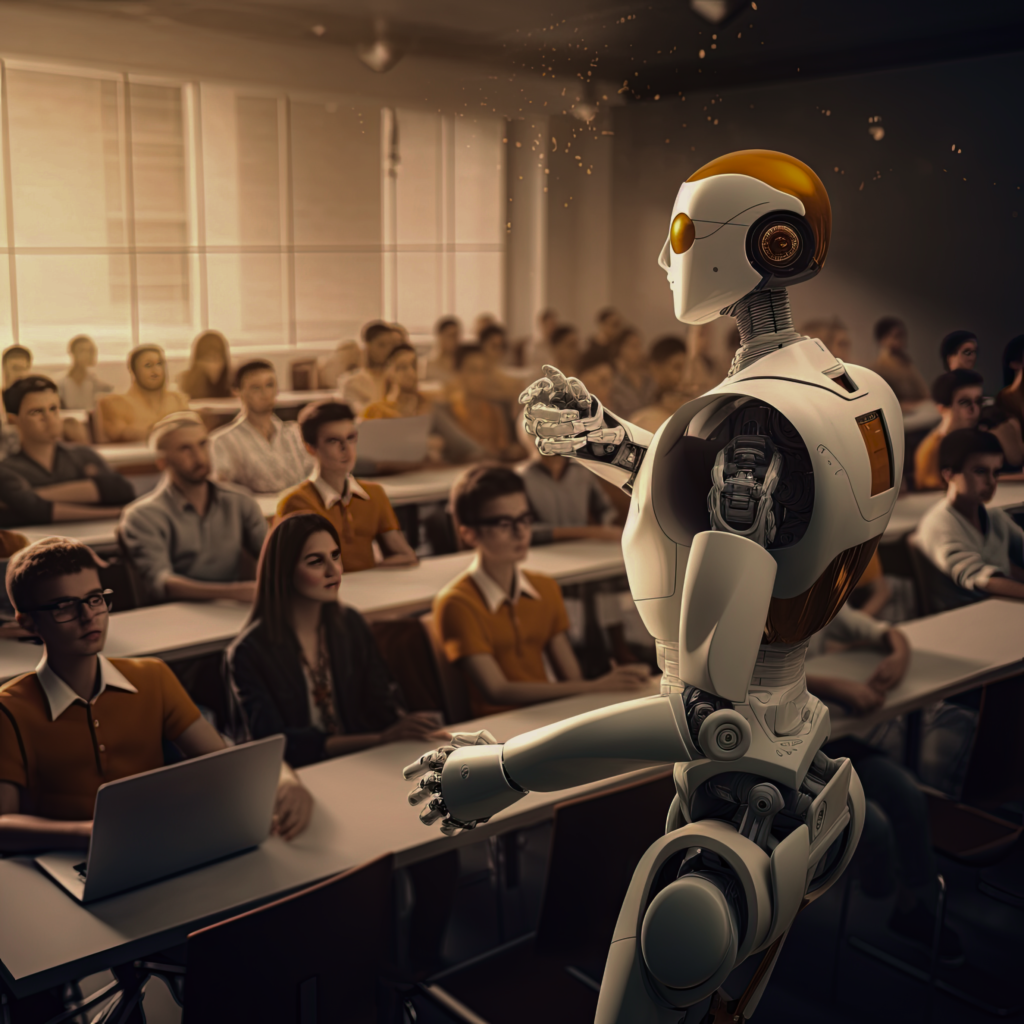
Introduction:
In today’s rapidly evolving educational landscape, the integration of artificial intelligence (AI) is reshaping traditional teaching methods and practices. As educators, it’s essential to understand the potential benefits and challenges associated with AI in education and how it can augment our role in the classroom.
Understanding AI in Education:
AI encompasses a range of technologies that simulate human intelligence, such as machine learning, natural language processing, and computer vision. In education, AI-powered tools and platforms offer opportunities to enhance teaching and learning experiences, improve student outcomes, and streamline administrative tasks.
Benefits of AI for Educators:
AI can support educators in various ways, from automating administrative tasks like grading and lesson planning to providing personalized learning experiences for students. By harnessing AI-driven insights and analytics, educators can identify learning gaps, track student progress, and tailor instruction to meet individual needs more effectively.
Addressing Concerns:
While AI holds great promise for education, some educators may have concerns about its impact on teaching practices and student-teacher relationships. It’s essential to address these concerns openly and transparently, emphasizing that AI is designed to augment, not replace, educators’ expertise and judgment.
Practical Applications of AI in the Classroom:
AI-powered tools can be integrated into various aspects of teaching, such as adaptive learning platforms, virtual tutors, and intelligent tutoring systems. Educators can leverage these tools to provide personalized feedback, support differentiated instruction, and facilitate interactive learning experiences.
Empowering Educators with AI:
As AI continues to evolve, educators play a crucial role in shaping its integration into the classroom. By embracing AI technologies thoughtfully and critically, educators can harness their full potential to enhance teaching practices, improve student outcomes, and prepare learners for success in the digital age.
Conclusion:
As educators, navigating the AI revolution in education requires a balance of innovation, critical thinking, and pedagogical expertise. By embracing AI as a valuable tool in our teaching toolkit, we can unlock new possibilities for engaging, personalized, and effective learning experiences that empower all students to reach their full potential.




